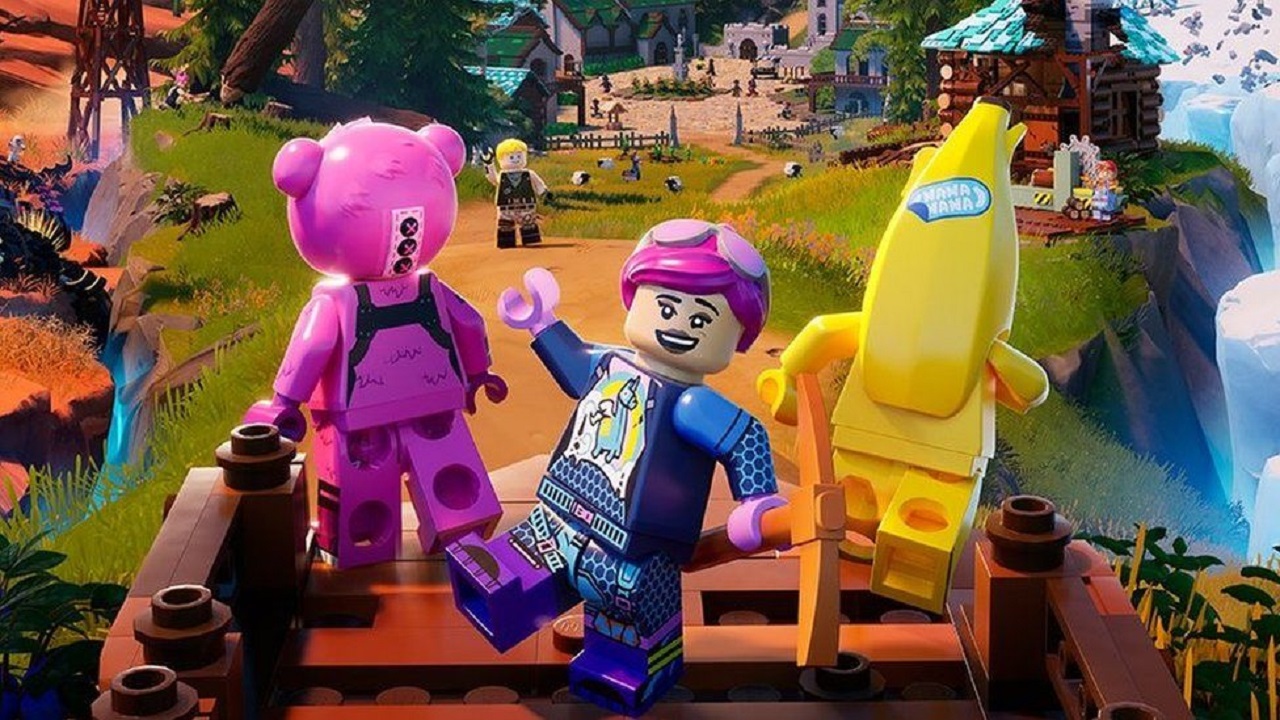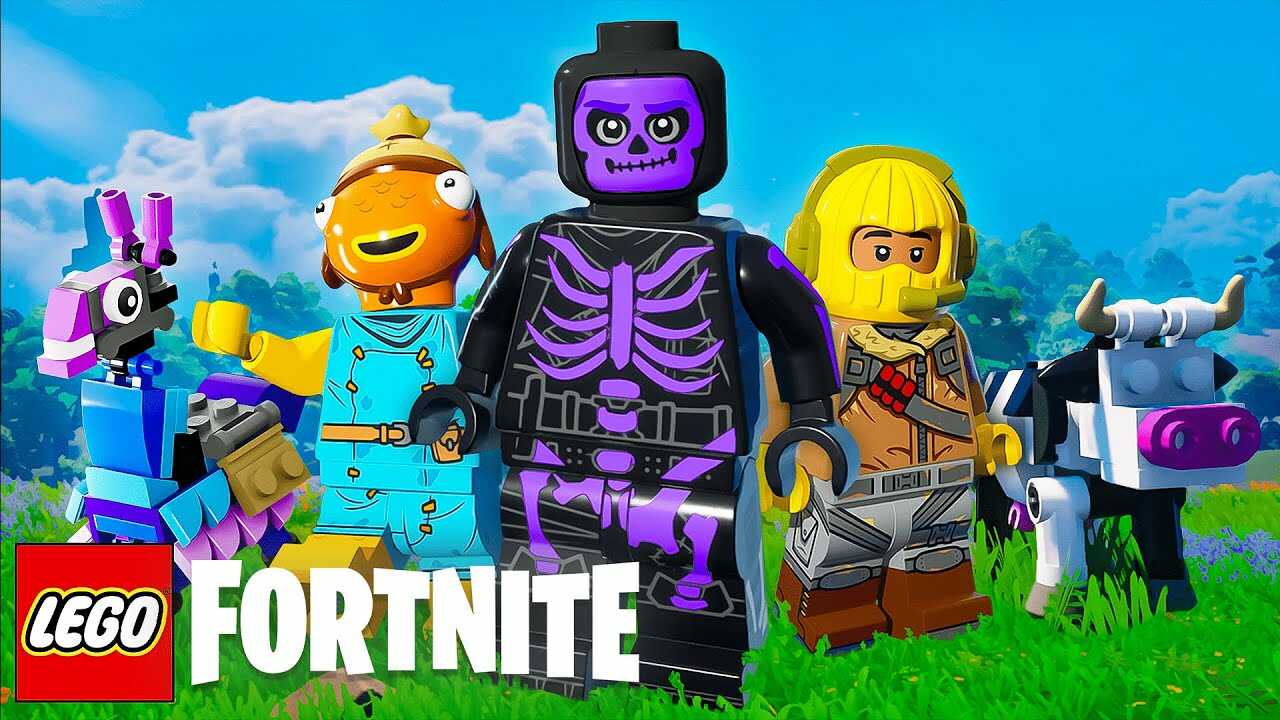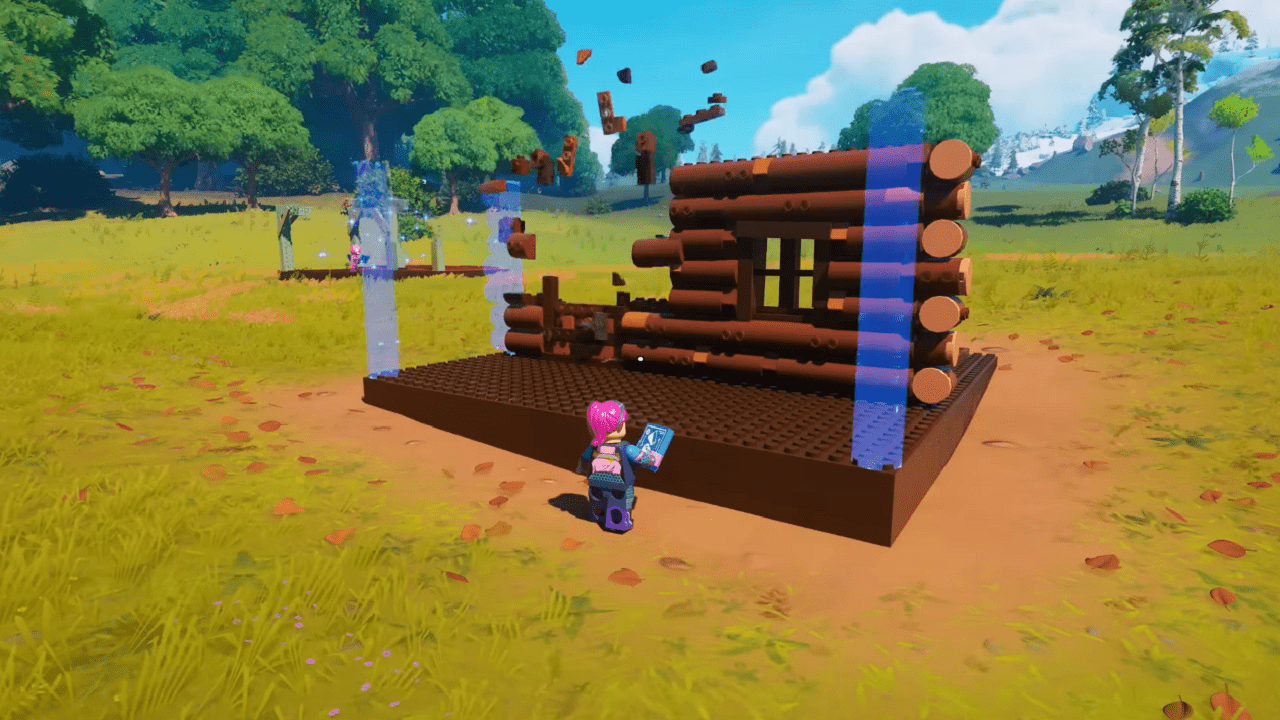When it comes to iconic toys that have captured the hearts and minds of generations, LEGO stands tall as one of the most beloved and enduring creations in the world of play. However, beyond the familiar bricks and sets that we all know, there exists another exciting dimension to LEGO: the LEGO Game. In this blog, we will delve into the fascinating world of LEGO games, exploring their history, gameplay, and why they continue to be a source of joy and creativity for people of all ages.

A Brief History of LEGO Games
The story of LEGO games begins with the establishment of the LEGO Group by Ole Kirk Christiansen in 1932 in Denmark. Originally, the company manufactured wooden toys, but it wasn’t until 1958 that the iconic interlocking plastic bricks were introduced, forever changing the landscape of play. These bricks allowed for infinite creativity and imagination, and soon after their release, children worldwide began building their own unique creations.
While LEGO bricks themselves are a form of open-ended play, the concept of LEGO games as a distinct category emerged in the early 1990s. The LEGO Group recognized the potential to expand beyond physical brick-building and into the realm of tabletop games. In 1997, they released “LEGO Creator: Knights’ Kingdom,” marking the beginning of a new era for LEGO games. Since then, the LEGO Group has produced an array of board games, video games, and even theme park attractions, all centered around the LEGO universe.
Types of LEGO Games
LEGO games come in various forms, appealing to different interests and preferences. Here are some of the most popular categories:
- LEGO Video Games: These games are perhaps the most well-known and widely played. Developed by TT Games, they encompass a broad range of franchises, including LEGO Star Wars, LEGO Harry Potter, and LEGO Marvel Super Heroes. These video games blend classic LEGO building mechanics with action, adventure, and humor. Players can embark on epic quests, solve puzzles, and collect studs (the in-game currency) while enjoying the familiar LEGO aesthetic and humor.
- LEGO Board Games: LEGO has successfully brought the joy of building to traditional board games. These games feature customizable boards and pieces, allowing players to create their own game worlds. “LEGO Creationary” and “LEGO Heroica” are just a couple of examples of LEGO board games that encourage creativity and strategic thinking.
- LEGO Apps and Mobile Games: In today’s digital age, LEGO has expanded its presence into mobile gaming. Apps like “LEGO Tower” and “LEGO Tower Battle” enable players to construct their virtual LEGO worlds and engage in competitive tower-building challenges. These games combine the charm of LEGO with the convenience of mobile gameplay.
- LEGO Theme Park Attractions: Beyond traditional toys and games, LEGO-themed attractions in theme parks around the world offer immersive experiences for visitors. LEGOLAND theme parks feature rides, shows, and interactive zones that bring the LEGO universe to life.
Gameplay and Creativity
What sets LEGO games apart from other forms of entertainment is their emphasis on creativity and imaginative play. Whether you’re building a custom LEGO set, exploring a virtual LEGO world in a video game, or designing your own game board, LEGO games encourage players to think outside the box.
In video games like “LEGO Worlds,” players can shape entire landscapes, sculpting mountains, lakes, and cities brick by brick. This level of creative control fosters a sense of ownership and pride in one’s virtual creations. Likewise, in board games like “LEGO Heroica,” players construct and modify the game board to suit their unique strategies, adding an element of personalization and innovation to the gameplay.
LEGO games also promote problem-solving and critical thinking. Many video game levels require players to work together to overcome obstacles, encouraging cooperation and teamwork. In addition, puzzle-solving elements in LEGO games challenge players to use their creativity to find solutions, making learning enjoyable and engaging.
Universal Appeal
LEGO games are not limited by age or gender. Their universal appeal transcends generational gaps, making them suitable for both kids and adults. Parents can bond with their children over shared gaming experiences, while individuals of all ages can find relaxation and enjoyment in the calming process of brick-building.
Furthermore, the themes of LEGO games are diverse and expansive, catering to a wide range of interests. Whether you’re a fan of superheroes, wizards, space exploration, or historic adventures, there’s likely a LEGO game that aligns with your passions. This diversity has contributed to LEGO’s enduring popularity.

Conclusion
In conclusion, LEGO games are a testament to the enduring power of creativity and play. From their humble beginnings as interlocking plastic bricks to their evolution into immersive video games and innovative board games, LEGO has consistently embraced the spirit of imagination. These games not only provide endless entertainment but also foster important skills such as problem-solving, teamwork, and critical thinking.
So, whether you’re embarking on a heroic quest in a LEGO video game, constructing your custom LEGO world, or exploring a LEGOLAND theme park, the LEGO game experience is bound to ignite your creativity and bring joy to your heart. LEGO games are a reminder that in the world of play, the possibilities are as limitless as your imagination.





